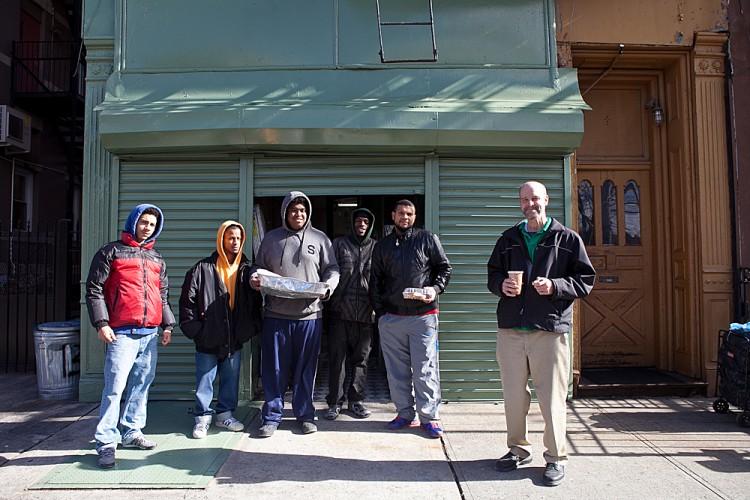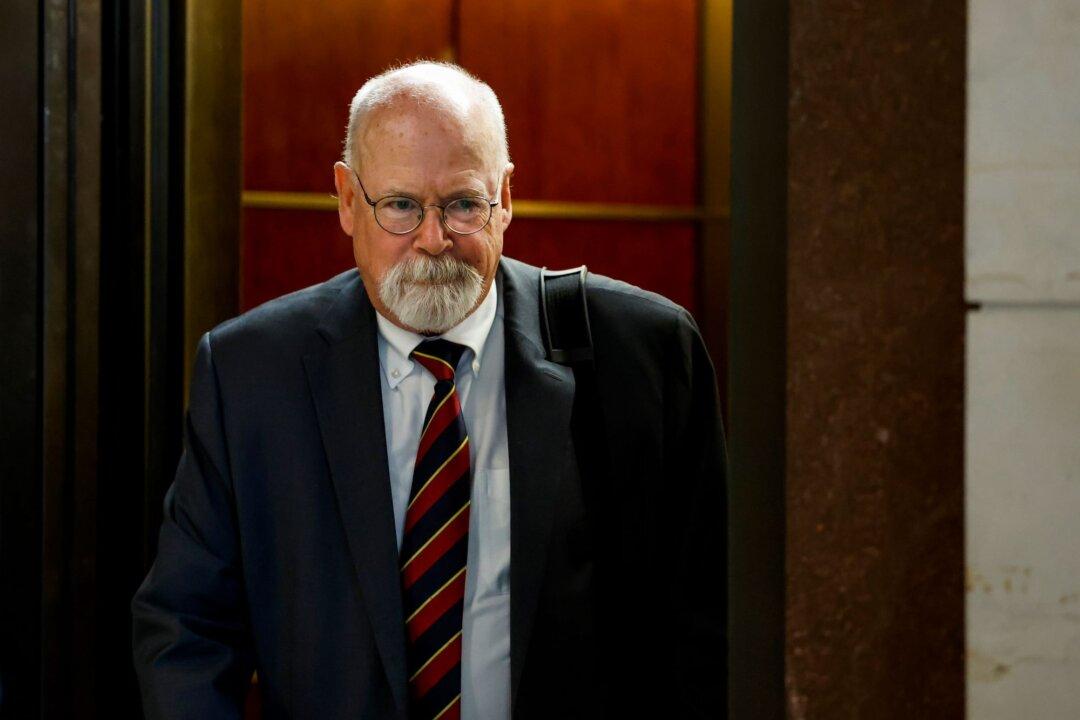NEW YORK—Efrain Hernandez grew up with a single mother. Facing financial difficulties, he sold fake raffle tickets at the age of 10, and then moved on to selling drugs.
Hernandez dropped out of school at the age of 15. It was at this point that he was considered part of the disconnected youth: those who are neither in school nor working.
Hernandez was not reconnected until two years ago, upon his return from prison, when he became engaged in Reconnect, a youth entrepreneurship program. He is still with Reconnect today, and still attends classes.
Hernandez’s story is unique, but his situation is not. There are 165,000 disconnected youth in New York City, and 350,000 in the New York metro area.







